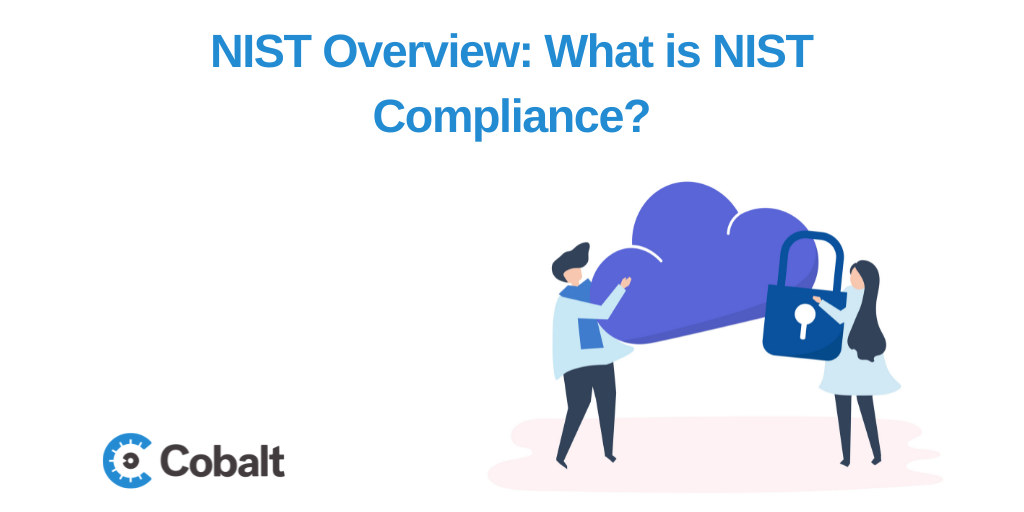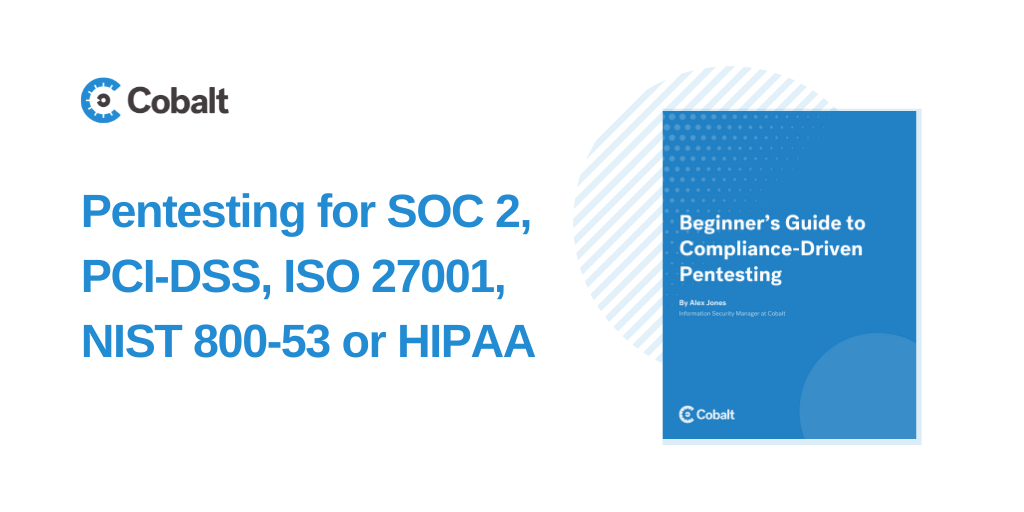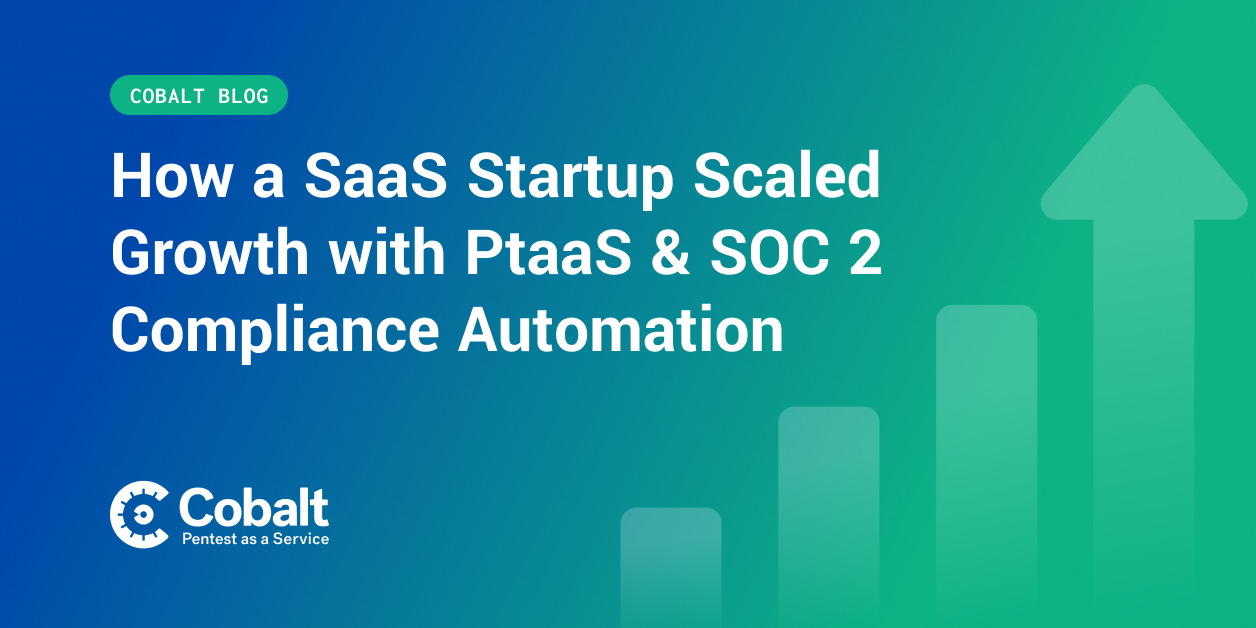With cybercrimes becoming increasingly sophisticated, organizations face a huge risk of data breaches. Most organizations lack a formidable information security approach, making them more vulnerable to attacks. The lack of a cohesive cybersecurity strategy is a critical concern for federal agencies, as these organizations possess vast amounts of confidential data.
To mitigate these cyber threats, the National Institute of Standard and Technology (NIST) provides a set of security controls for contractors. The NIST cybersecurity framework was developed to manage and mitigate critical systems and infrastructure from contractors' risks. Organizations that want to do businesses with the government have to comply with the set security standards known as NIST Compliance.
What is NIST Compliance?
This cybersecurity framework provides the necessary structure for organizations to securely supply, operate, or own their critical infrastructure. By establishing essential controls and basic processes for all federal contractors, NIST forms the basis of a strong cybersecurity program. This compliance framework laid out in the NIST 800-171 special publication provides an outline that all government suppliers must follow.
The NIST 800-171 provides a future-oriented cybersecurity approach based on existing guidelines, standards, and practices. It provides a guideline for federal contractors and organizations to identify, detect, and respond to information security threats.
Even if an organization doesn’t work with the federal government, it’s still wise to consider the NIST framework to enhance its cybersecurity. With the standards providing vital data protection concepts, it empowers businesses to properly manage and mitigate cyber risks. The framework specifically outlines how federal contractors should manage Controlled Unclassified Information (CUI).
This framework is anchored in five key pillars including identify, detect, protect, respond, and recover. Let’s take a closer look at each pillar in more detail.
5 Key Pillars of NIST
Identify
Any cybersecurity process should begin with an understanding of the digital assets. Businesses must first identify what to protect. This pillar provides guidelines on how to map out key assets that cyber risks could impede and classify them according to priority. This process helps organizations to understand where to prioritize efforts according to their specific business needs.
Detect
This pillar defines the suitable procedures to identify the occurrence of cyber risks. NIST’s detection strategy, which incorporates penetration testing, enables organizations to detect events and anomalies in real-time. The pillar focuses on continuous monitoring controls of essential systems to identify threats proactively.
Protect
This NIST pillar aims to safeguard critical infrastructure and service delivery with the proper protections. It aims to limit and contain the impact of any cyber threat. Examples of protection measures involve establishing security controls, employee training and awareness, continuous systems maintenance, and other protection efforts.
Respond
This pillar requires organizations to have a rapid response strategy in place to manage cybersecurity events. It outlines the actions that security teams should take to minimize any damages caused by breaches.
Recover
This pillar gives organizations a recovery plan in case they suffer security breaches. It involves restoring normal business processes disrupted by security breaches. It also provides strategies to build a resilient and risk-proof cyberspace.
These critical components of any successful cybersecurity program help organizations manage their digital space with proper security measures in place. The NIST pillars form the backbone of a strong cybersecurity framework and can provide businesses with actionable items to improve their cybersecurity maturity.
Overview: NIST Compliance Requirements
If an organization wants to secure contracts with the federal government, it must be NIST 800-171 compliant. The compliance standards apply to federal government contractors and cuts across all industries, from healthcare to the military. With that in mind, here are the various NIST compliance requirements for federal contractors.
1. Incidence Response
Federal contractors must implement procedures to handle all security incidents. They should have an organizational procedure to prepare, detect, analyze, and contain incidences within the shortest period possible.
2. Configuration Management
NIST requires organizations to configure their information technology products throughout each development cycle. They must enforce security configuration settings for all software, hardware, and firmware systems used running business processes.
3. Security Assessments
The NIST 800-171 requires organizations to continuously assess their security controls to ensure they are efficiently managing cyber threats. Furthermore, they should implement plans to correct any deficiencies and vulnerabilities in their systems. All existing security controls should be updated periodically to ensure they can deal with dynamic threats.
Security assessments can be done through penetration testing or vulnerability scanning. Penetration tests help detect any loopholes that scanners miss, securing your system from cyber attacks.
4. Risk Assessments
Organizations should occasionally review their assets to check for any risks or vulnerabilities. All systems, processes, and individuals that transmit, store, or process CUI should have periodic assessments.
5. Information Integrity
NIST requires all federal contractors to identify, report, and correct flaws promptly. Organizations should protect their data systems and network from malicious access through continuous monitoring. Data protection should be a key component for any business.
6. Accountability and Audit
NIST requires organizations to create and retain audit logs and user records. Organizations should enable real-time analysis and reporting of unauthorized system activities. Businesses must ensure they can trace individual system users' actions and hold them accountable for their actions.
7. Awareness and Training
Organizations must ensure all personnel receive adequate training and awareness regarding cybersecurity. System users, administrators, and managers must be trained on the various security risks associated with their activities. The training should involve security procedures, standards, and policies related to business processes and systems.
8. Routine Maintenance
Organizations should perform routine maintenance to their systems. They should provide mechanisms, techniques, tools, and qualified personnel to maintain systems.
9. Access Control
NIST requires that organizations should limit systems access to authorized users. Organizations should also limit the types of functions and transactions that authorized users can execute.
10. Media Protection
Any media containing CUI, whether paper or digital, should be properly protected. Organizations should sanitize any media containing CUI and limit access to authorized users only.
11. Physical Protection
The NIST 800-171 compliance requires the protection of storage devices, hardware components, and the operating environment at large. Organizations should monitor and protect the support infrastructure whose damage or loss can compromise CUI.
12. Personnel Security
Contractors should scrutinize and screen individuals prior to accessing CUI. Businesses have a mandate to protect systems containing CUI during and after personnel change, transfers, or termination.
13. Identification and Authentication
NIST requires organizations to identify and authenticate all devices and system users. The identification and authentication process should precede access to business systems.
How to Make Your Organization NIST Compliant
These requirements are essential for organizations looking to supply the federal government. Here are critical tips to become NIST 800-171 compliant:
- Locate, identify, and categorize CUI
- Implementing penetration testing programs
- Implement all security controls
- Encrypt user data
- Train your employees
- Monitor data continuously
- Assess your system for risks and vulnerabilities
These steps help protect CUI and ensure your business is NIST 800-171 compliant.
How Penetrations Testing Helps Achieve NIST Compliance
NIST requires suppliers to operate in a secure environment. Organizations contracted by federal agencies must update their vulnerability scanning tools to detect embedded threats. Through penetration testing, business can proactively detect vulnerabilities and threats to their data security. Pentesting programs help organizations remain on top of their risk and security assessments, essential requirements for compliance.
How Cobalt Helps Achieve NIST Compliance
At Cobalt, we perform penetration testing on your business applications, cloud networks, and data systems to detect flaws and vulnerabilities. Our penetration testing as a service (PtaaS) platform offers businesses the opportunity to conduct testing on a more regular basis to ensure all threats to data and system security are detected.
Contact us today to get started with an easy-to-use penetration testing experience.

















%20(22).png)

